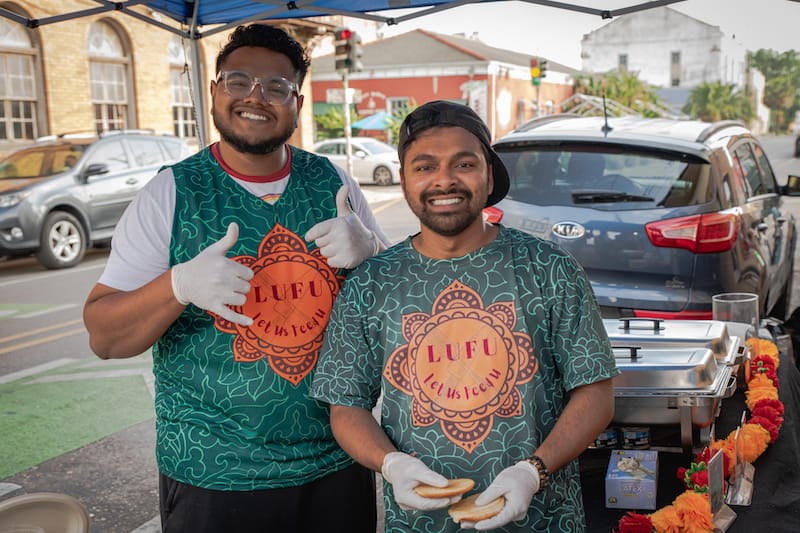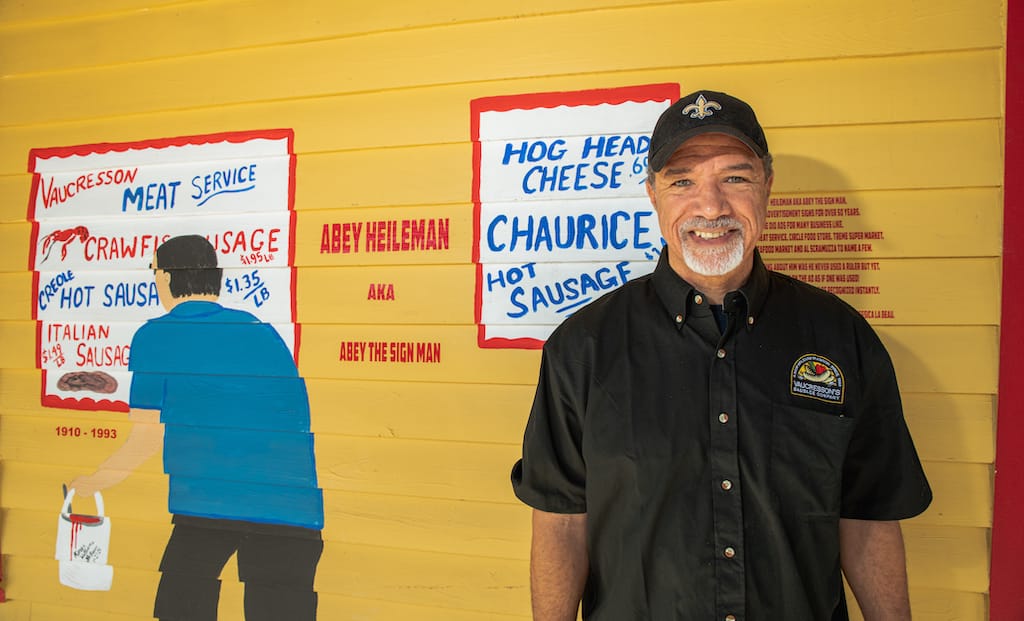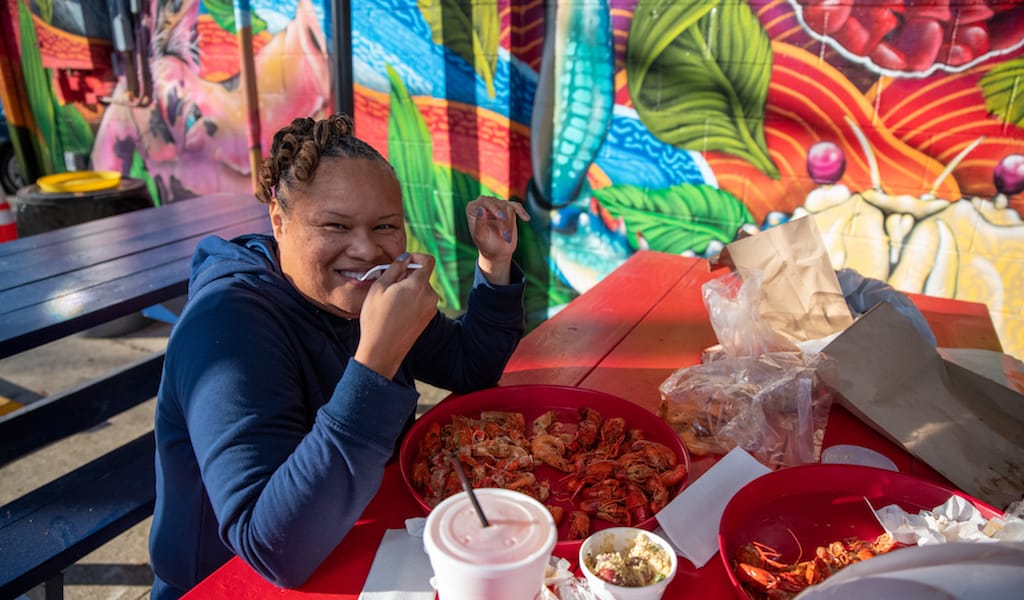“In New Orleans, they have good Indian food, but not great Indian food,” said Chef Aman Kota. “And that’s why we started this.”
The “this” in question is LUFU, or Let Us Feed U, a plucky Indian pop-up whose aim is to introduce New Orleanians to the complex regional cuisines of India, while also playing with British and American culinary concepts. LUFU is the brainchild of Sarthak Samantray and Aman Kota, two chefs who began their careers in India but didn’t meet each other until they started working in the kitchens of New Orleans a few years back, though they have the bearings of lifelong friends.
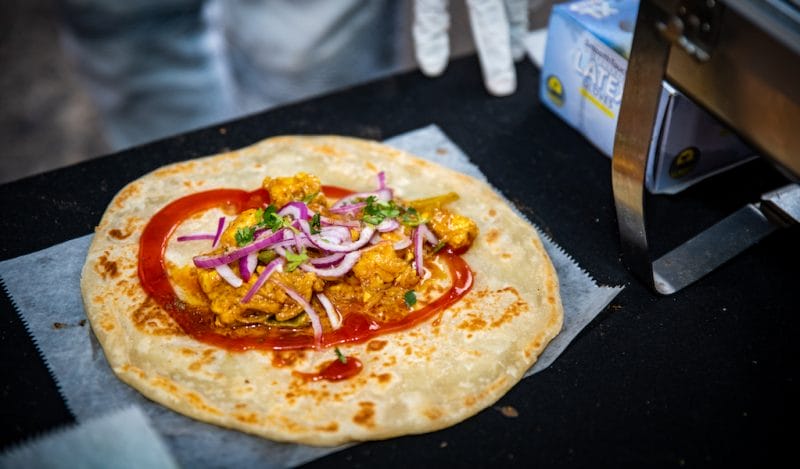
Both Samantray and Kota went to culinary school in India; Samantray went to the prestigious Welcomegroup Graduate School of Hotel Admistration at Manipal University and Kota at the Culinary Institute of India, an international branch of the Culinary Institute of America. Upon graduating, they began to seek out their culinary adventures wherever they could find them.
“I graduated school six years ago and traveled about seventeen states in India to learn about the cuisine and cultures in different states,” said Samantray. “Going to grandmas’ houses and stuff.”
Eventually, their travels led them to New Orleans, where Samantray became a chef at Jack Rose in the Pontchartrain Hotel, and Kota a chef at the Rib Room in the Omni Royal.
“This is a crazy experience,” said Kota. “One day, we decided to do the pop-up. We were so tired of working for somebody else – like, working 60-70 hours a week but not getting paid enough. That’s when we realized we had to do something, because we are so into food. We always want to cook, try something different. And we had worked at all the Creole restaurants in the city. We decided we had to start showing people we were good at Indian food.”
And as is the custom in New Orleans, most ideas, both good and bad, are conceived with the help of alcohol.
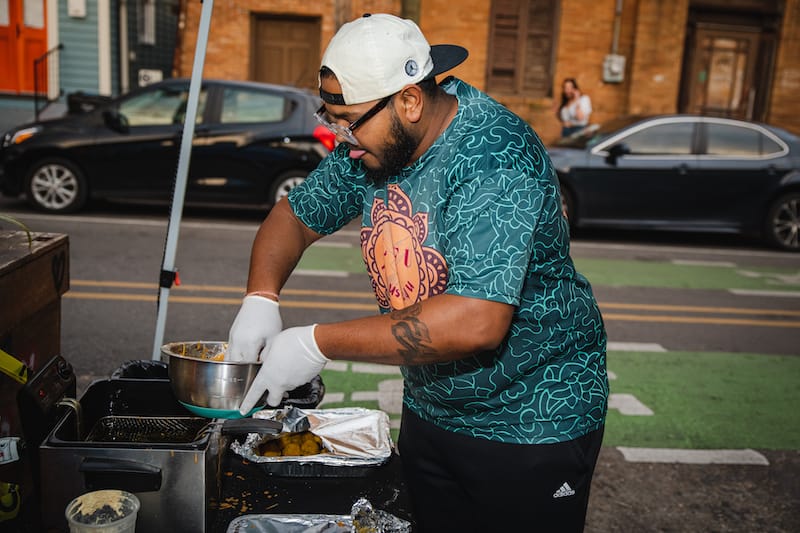
“One day me and him were just sitting in my house having a couple of drinks and we started writing down the names – we came up with some crazy names – and then my partner said, how about LUFU: Let Us Feed You. And I said, ‘Oh, that sounds sketchy but catchy,” said Kota.
While LUFU aims to bring authentic Indian flavors to New Orleans, that doesn’t necessarily always mean authentic dishes. On our first pass at their pop-up, parked outside of Pepp’s Pub in the Marigny, the menu was an Indian-influenced take on Southern American cuisine, replete with pop cultural references. The “Oh! You Wanna Wrap?” is their take on the South’s omnipresent chicken sandwich, but with subtle Indian spices and “masala fries.” Unlike the standard American deep-fried version of a chicken sandwich, it was light but satisfyingly spicy. Their other offering, “The BBB,” which stands for braised beef brisket, allowed the complex flavors of the house-made spice mix and barbecue sauce to shine through, but was sufficiently grounded by the ghee-toasted, locally made Bunny Bread rolls, a New Orleans classic.
“We just wanted to try something new this week,” Kota said as he piled tender brisket onto the toasted roll. It was obvious they were having fun.
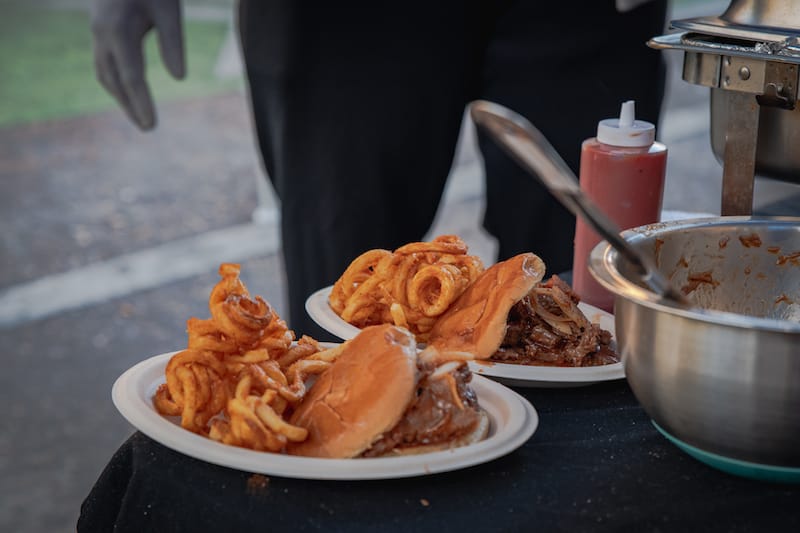
Behind the simplicity of the beef brisket sandwich was a wall of flavor that took a familiar item and made it something entirely new.
“There are seven different spices,” offered Chef Sarthak Samantray. “We’ve got black cardamom, stone flower, mace, regular cardamom, cloves, black peppercorn, bay leaf and whole red chili peppers without skin.”
The result was a sandwich that was both a regional homage and something entirely new – a dish with a sense of humor; a delicious inside joke. But good food and good humor is par for the course with these two chefs, and the basis for the pop-up’s concept.
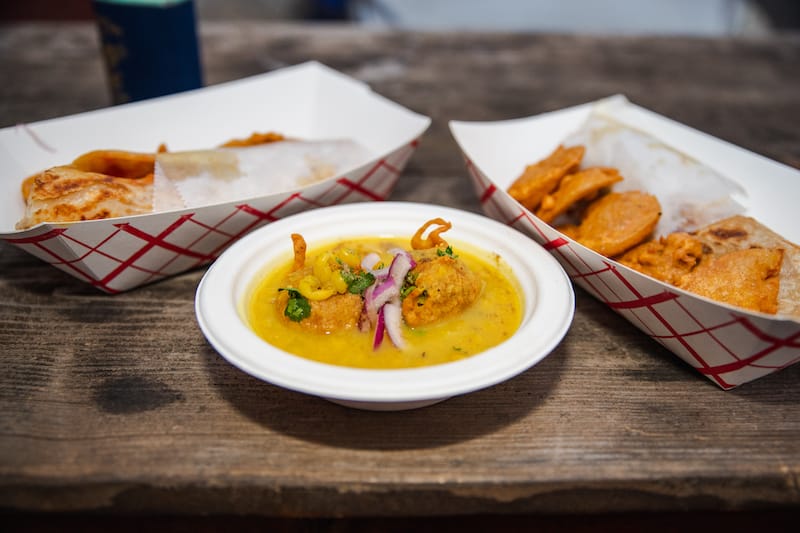
On our subsequent visit to the pop-up, the menu was a homage to Indian street food, which is one of the defining features of Kota’s home city of Hyderabad, a UNESCO designated region of culinary creativity. Samantray, a native of the Odisha province, spoke lovingly of the biriyani, rice crepes and skewers of Kota’s region, while also noting the seafood and vegetarian-heavy dishes of his own province. In America, Indian food and culture can be seen as a monolith, and Kota and Samantray take offense to the simplicity of this notion.
It was a teachable moment for our American palates that were more familiar with British colonial notions of Indian food than the real deal.
“We want to bring a change,” said Kota. “People always ask us, “Do you have a chicken tikka masala? And that’s not the Indian food we have. In each state in India, there are 300-400 dishes that you can cook. Everyone here has the same menu. It has to change. We’ve been here one year and every week we have a completely different menu and a completely different experience so people will have more of an idea about Indian food and culture.”
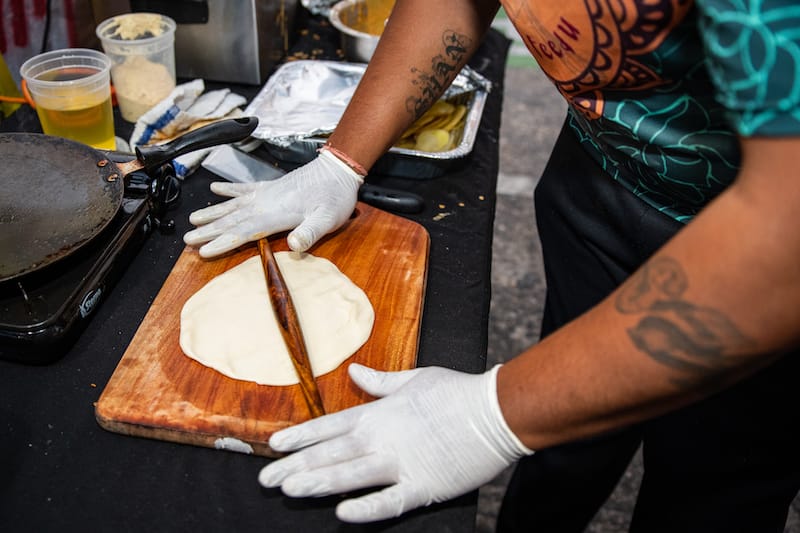
As Kota spoke, Samantray rolled out a flatbread on a cutting board with a tapered rolling pin known as a belan, which resembled a Vic Firth 2B drumstick. The flatbread, gently placed into a shallow frying pan lightly coated with ghee, was browned on both sides, before being used to wrap either paneer kathi or chicken kathi. Watching Samantray gently roll, then press the dough lightly with his hands before slipping it into the pan, reminded us of something from our childhood – this, after all, is “grandma cooking.” Every redolent bite of the wraps transported us to memories of a table where elderly women coaxed impossible flavor out of seemingly simple ingredients. It is the highest compliment we could pay. Along with the wraps, we savored a delicate aloo chop-chughuni, a batter-fried potato with stewed yellow peas that was as comforting as it was delectable. It was a teachable moment for our American palates that were more familiar with British colonial notions of Indian food than the real deal.
“Whatever Indian restaurants are over here are not Indian food. Straight up,” said Samantray with a slight glower. “It is not Indian food. It is something very Americanized. It’s quite disrespectful. Naan, chicken tikka masala – that’s not even ours, you know? Our menu these last 49 weeks – that is regional Indian food. That’s where you walk into somebody’s house in the southern part of India, the eastern part of India, the Northwest part of India – that’s what we eat.”
James CullenJames Cullen
Published on May 25, 2022
Related stories
June 15, 2022
New Orleans | By James Cullen
New OrleansThe blistering April – yes April – sun in New Orleans is an indicator of two things: climate change and the start of festival season. In other parts of the country, warm days and cool nights and the gradual bloom of trees and flowers define spring. But in Southeast Louisiana, spring seems to supernova into…
February 27, 2022
New Orleans | By James Cullen
New OrleansIt was Mardi Gras morning 2012, and my Hubig’s Pie was missing. On Lundi Gras (AKA “Fat Monday,” which has evolved to include traditions of its own), I had hidden it away – apple I believe, but I can’t quite recall – to serve as my breakfast before a full day of parading, revelry and…
February 22, 2022
New Orleans | By James Cullen
New OrleansNew Orleans is the last communal city in America. Our seasons are Mardi Gras, festivals, football, second lines and crawfish, and we share them together. And it is no accident that our Carnival season and our festival season are bridged by crawfish season: the ultimate act of communal eating. From late January to early June,…







































